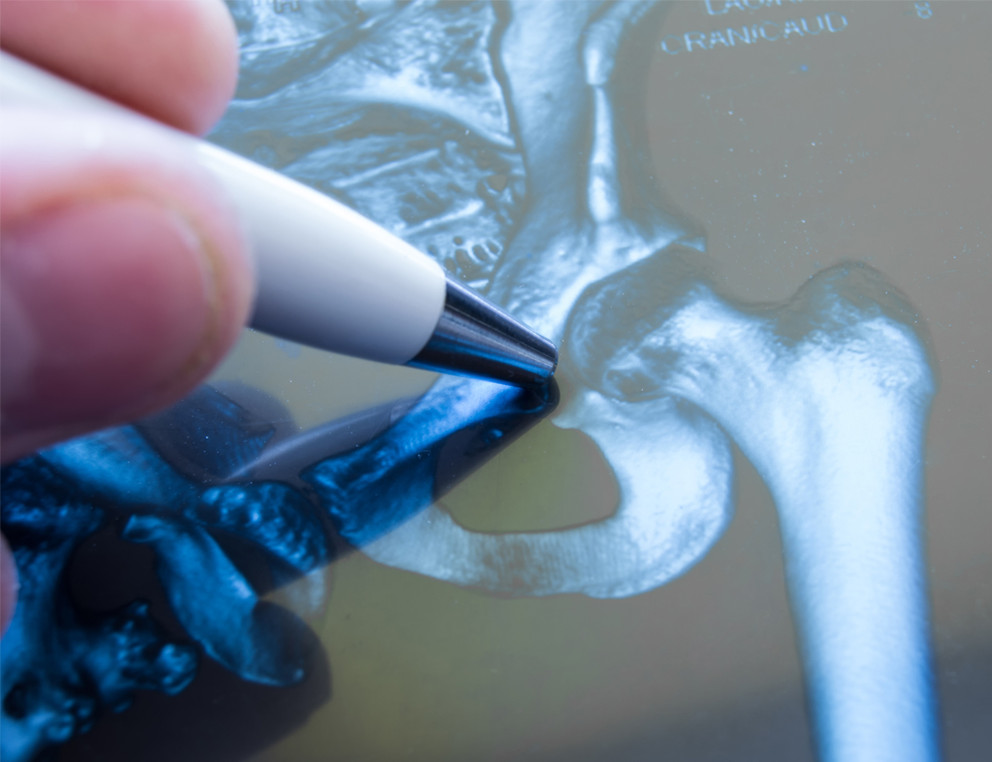HERSHEY, Pa. — Hundreds of thousands of Americans get knee or hip replacements each year, and the procedures are becoming more common than ever. Luckily, the recovery from a total joint replacement, or arthroplasty, is improving.
Two decades ago, patients would spend a week or so in the hospital after one of these procedures. But, Dr. Charles Davis, chief of the Division of Hip and Knee Arthroplasty at the Penn State Bone and Joint Institute, said a number of national developments are now allowing most patients to go home the day after surgery.
First, an anesthesia team specifically dedicated to joint replacements has allowed for better communication, consistency and improved protocols for caring for such patients.
Injections used around the joint at the time of surgery can help quite a bit with the pain that patients typically experience in the first day or so after a procedure.
A pump of medication to numb nerve pain can be sent home with patients to get them home as quickly as possible while helping control pain.
“Using these, we can dramatically decrease the amount of narcotics patients take after surgery,” Davis said. Narcotics often produce unpleasant side effects such as upset stomach, constipation and grogginess for patients, not to mention the possibility of addiction.
Surgeons are using medication to decrease blood loss from surgery, which results in less swelling in the joint and less irritation in tissues around the joint.
“That also means less pain, dizziness, lightheadedness, low blood pressure or transfusions, and that helps speed their recovery as well,” Davis said.
About 80 percent of arthroplasty patients now receive physical therapy the day of their surgery, which helps get them back to their normal activities sooner.
“We have been really focused on helping them have a better experience and getting back to their functional level as fast as possible,” Davis said.
Nationally, fewer patients are leaving the hospitals for rehabilitation hospitals or nursing homes after joint replacement surgeries.
Davis said studies have shown that patients recover better when they can be in their familiar, home environment with their own bed and food.
“As long as they have people to help take care of them, we think that’s a better approach,” he said.
A pre-operative class that explains the entire joint-replacement process to patients from start to finish also is helping people know what to expect before, during and after their surgery.
Although the majority of arthroplasties are done for older patients, the fastest-growing segment has been younger people between the ages of 40 and 60.
“We were reluctant to do it on younger patients for a long time because we worried how well the replacements would hold up,” Davis said. “But now, the materials we have to use are much better so the longevity is greater. Also, people are less willing to live with a disability than they were in the past.”
The Medical Minute is a weekly health news feature produced by Penn State Health. Articles feature the expertise of faculty, physicians and staff, and are designed to offer timely, relevant health information of interest to a broad audience.




